Does your building need to comply?
Each year, more cities and states across the U.S. are instituting new energy benchmarking ordinances or expanding requirements for existing ordinances. As a 6-time ENERGY STAR® Partner of the Year and Premier Member of ENERGY STAR®'s Certification Nation, we are pros at getting your Portfolio Manager account current and and getting you into compliance. WE'VE GOT THIS.
(Updated April 2024)
Upcoming Deadlines & Locations
Check the parameters below for your location to make sure your buildings are in compliance.

San Francisco, CA
(April 1)
Residential buildings more than 50,000 square feet, nonresidential buildings more than 10,000 square feet.
Learn More
Portland, OR
(April 22)
Commercial buildings more than 20,000 square feet.
Learn More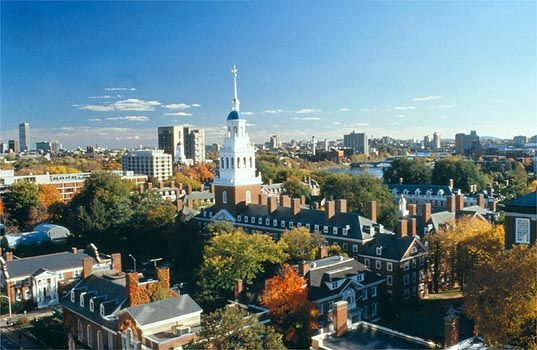
Cambridge, MA
(May 1)
Non-residential parcels 25,000 square feet or larger, residential parcels of 50 or more units, municipal buildings 10,000 square feet or larger.
Learn More
Kansas City, MO
(May 1)
Buildings more than 50,000 square feet, municipal buildings more than 10,000 square feet.
Learn More
New York, NY
(May 1)
City buildings more than 10,000 square feet, groups of private buildings on a single lot more than 100,000 square feet, and private buildings more than 50,000 square feet.
Learn More
Orlando, FL
(May 1)
Buildings over 50,000 square feet and city buildings over 10,000 square feet.
Learn More
Portland, ME
(May 1)
Single-tenant buildings of 20,000 square feet or more.
Learn More
Saint Louis, MO
(May 1)
All city owned buildings, and privately owned buildings more than 50,000 square feet.
Learn More
Salt Lake City, UT
(May 1)
All city owned buildings and commercial buildings 25,000 square feet or greater.
Learn More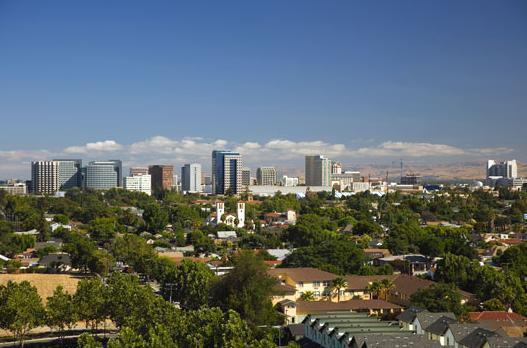
San Jose, CA
(May 1)
Commercial and multifamily buildings more than 20,000 square feet.
Learn More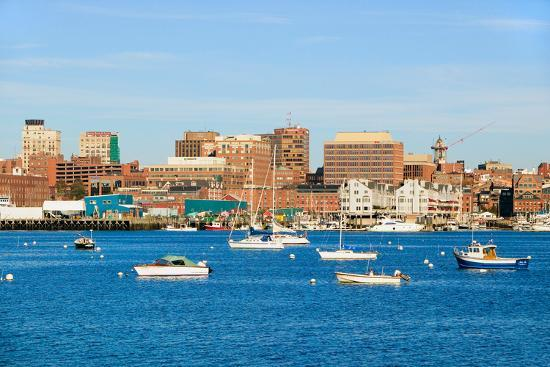
South Portland, ME
(suspended 2024)
Municipal or school buildings more than 5,000 square feet, residential and non-residential buildings with 20,000 square feet or more of gross floor area.
Learn More
Boston, MA
(May 15)
Nonresidential buildings 20,000 square feet or larger, multifamily housing with 15 or more units, all public buildings.
Learn More
Brisbane, CA
(May 15)
City buildings over 2,000 square feet and private buildings over 10,000 square feet.
Learn More
Lexington, MA
(May 15)
Commercial and residential buildings of 25,000 square feet or more, all buildings owned or leased by the town.
Learn More
Chula Vista, CA
(May 20)
Multifamily, commercial, and industrial buildings 20,000 square feet and larger.
Learn More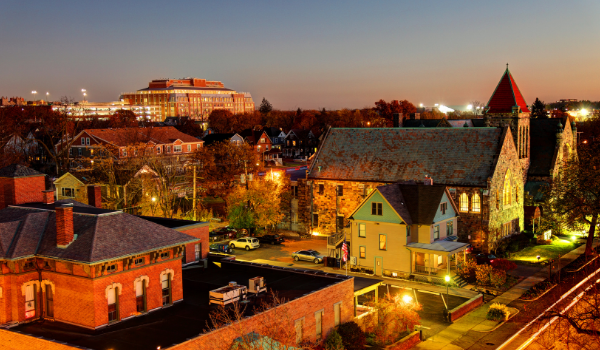
Ann Arbor, MI
(June 1)
Buildings greater than 50,000 square feet.
Learn More
Atlanta, GA
(June 1)
Commercial and multifamily buildings more than 25,000 square feet and all municipal buildings.
Learn More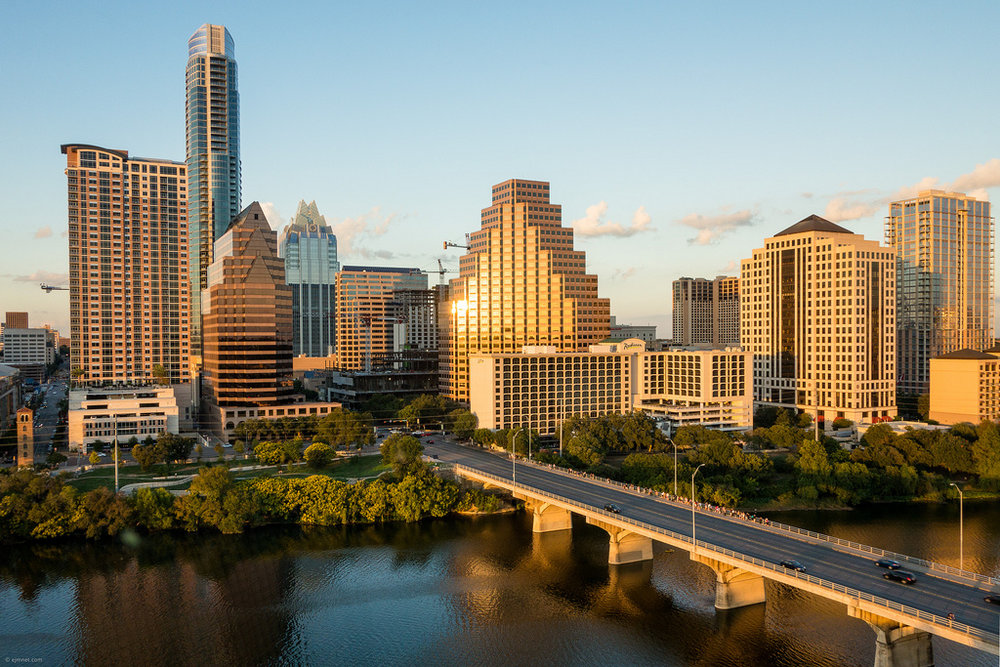
Austin, TX
(June 1)
Commercial buildings over 10,000 square feet that receive electricity from Austin Electric Utility.
Learn More
Aspen, CO
(June 1)
Commercial properties 10,000 square feet and greater and multi-family properties 20,000 square feet and greater.
Learn More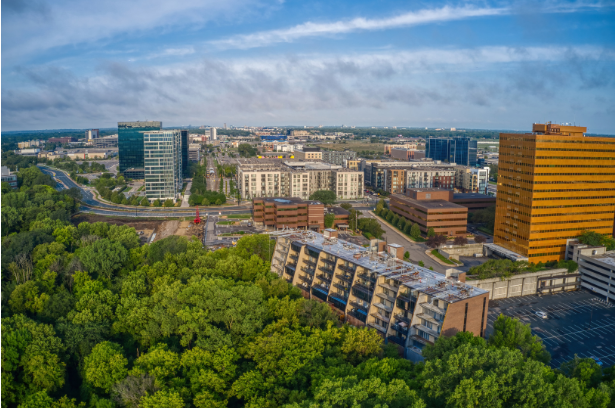
Bloomington, MN
(June 1)
Included buildings of 75,000 square feet or larger.
Learn More
Boulder, CO
(June 1)
Commercial buildings over 20,000 square feet, and public buildings over 5,000 square feet.
Learn More
California
(June 1)
Commercial and multifamily residential buildings of 50,000 square feet or more not already covered by a city benchmarking ordinance.
Learn More
Chicago, IL
(June 1)
All commercial, institutional, and residential buildings larger than 50,000 square feet.
Learn More
Colorado
(June 1)
Multifamily, commercial, and public buildings over 50,000 square feet.
Learn More
Columbus, OH
(June 1)
Buildings 50,000 square feet and larger.
Learn More
Denver, CO
(June 1)
All municipal, commercial, and multifamily buildings greater than 25,000 square feet.
Learn More
Edina, MN
(June 1)
Buildings 25,000 square feet or larger.
Learn More
Fort Collins, CO
(June 1)
Commercial and multifamily buildings 5,000 square feet and above.
Learn More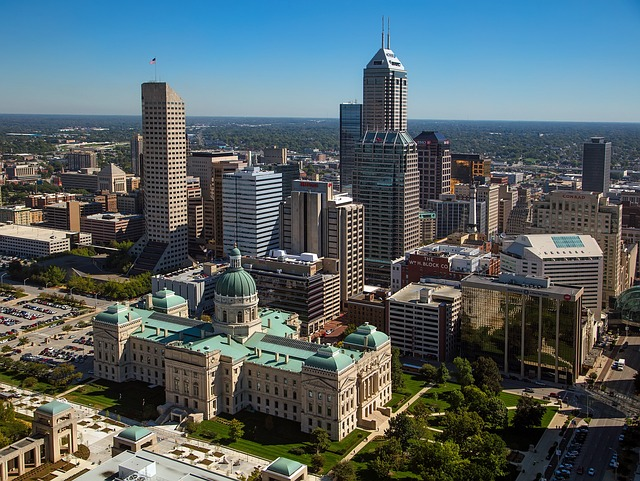
Indianapolis, IN
(June 1)
Buildings 100,000 square feet or larger and municipal buildings 25,000 square feet or larger.
Learn More
Los Angeles, CA
(June 1)
Municipal buildings more than 7,500 square feet and privately owned buildings more than 20,000 square feet.
Learn More
Minneapolis, MN
(June 1)
Commercial and multifamily residential buildings over 50,000 square feet, city buildings over 25,000 square feet.
Learn More
New Jersey
(June 1)
Commercial buildings over 25,000 square feet.
Learn More
Pittsburgh, PA
(June 1)
Non-residential buildings over 50,000 square feet.
Learn More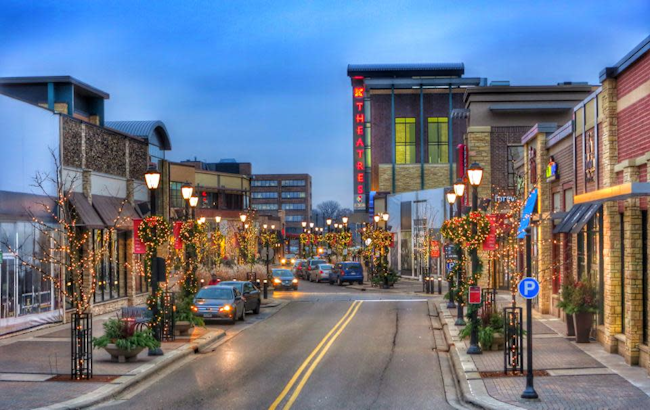
Saint Louis Park, MN
(June 1)
Commercial, multifamily, and public buildings over 25,000 square feet
Learn More
Saint Paul, MN
(June 1)
Multi-family and commercial properties more than 50,000 square feet.
Learn More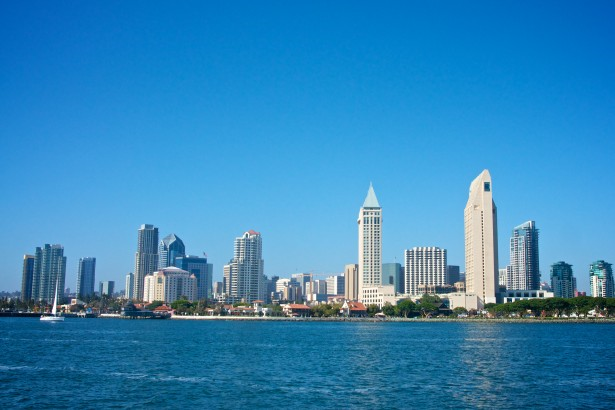
San Diego, CA
(June 1)
City, commercial, and multifamily buildings more than 50,000 square feet.
Learn More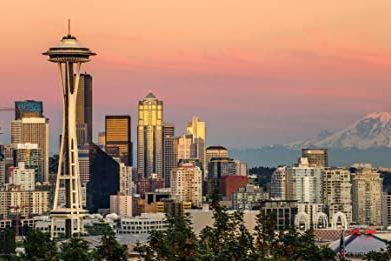
Seattle, WA
(June 1)
Commercial and multifamily buildings 20,000 square feet or greater.
Learn More
Montgomery County, MD
(June 3)
Commercial and multifamily buildings 25,000 square feet and greater. (Covers cities of Rockville and Takoma Park)
Learn More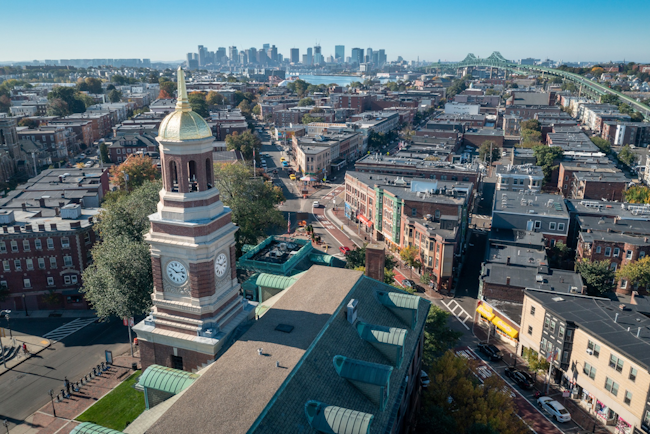
Chelsea, MA
(June 30)
All public buildings and 20,000+ square foot commercial, industrial, and multifamily properties. Multifamily properties with 20 or more units.
Learn More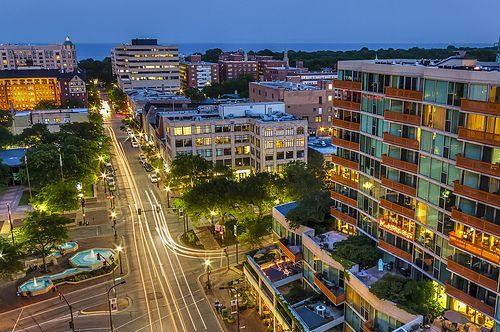
Evanston, IL
(June 30)
City-owned buildings greater than 10,000 square feet; all non-condo buildings greater than 20,000 square feet; all condo buildings greater than 50,000 square feet.
Learn More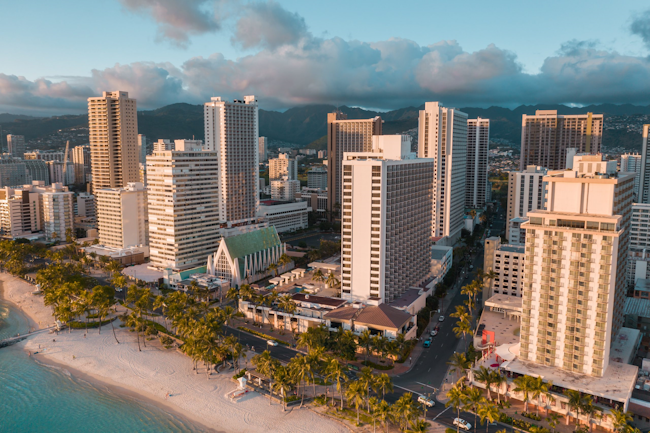
Honolulu, HI
(June 30)
Buildings 50,000 square feet or larger.
Learn More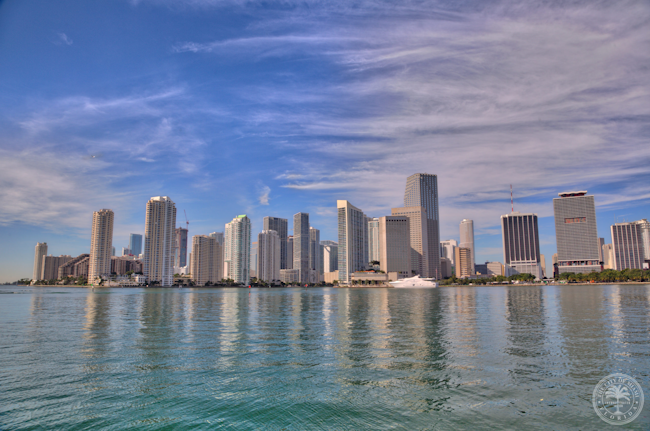
Miami, FL
(June 30 or October 1)
Buildings 100,000 square feet or larger by June 30, 2024; buildings of 50,000-100,000 square feet by October 1, 2024.
Learn More
Philadelphia, PA
(June 30)
Commercial and multifamily buildings 50,000 square feet and larger.
Learn More
Berkeley, CA
(July 1)
All buildings over 15,000 square feet.
Learn More
Des Moines, IA
(July 1)
Buildings larger than 25,000 square feet.
Learn More
Reno, NV
(July 1)
City buildings more than 10,000 square feet, and commercial and multifamily buildings more than 30,000 square feet.
Learn More
Washington, D.C.
(DELAYED TO JULY 1)
Privately owned commercial and multifamily buildings more than 25,000 square feet and District-owned buildings over 10,000 square feet.
Learn More
Washington State
(July 1)
Buildings over 10,000 square feet.
Learn More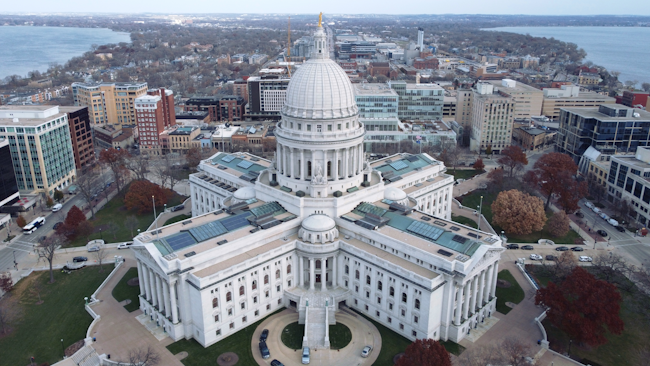
Madison, WI
(DELAYED TO September 6)
Non-residential commercial buildings 25,000 square feet and larger.
Learn More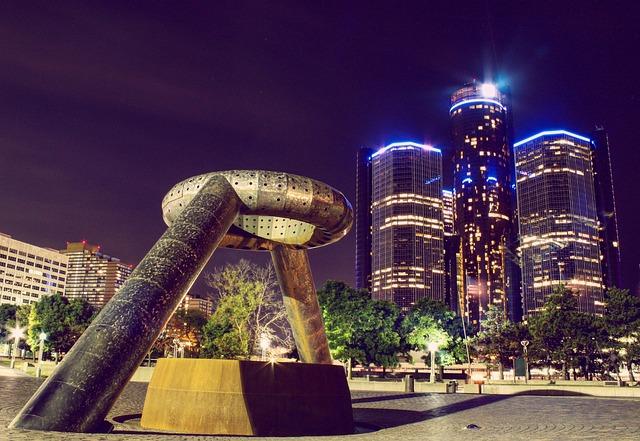
Detroit, MI
(October 1)
All municipal buildings, as well as commercial and multifamily buildings over 100,000 square feet.
Learn More
Oak Park, IL
(December 31)
Buildings 10,000 square feet and larger.
Learn MoreUPCOMING ORDINANCES
Massachusetts (2026) - Minnesota (2025) - Providence, RI (2025)
Learn MoreThe experts are in the building.
Since 2009, we’ve tracked energy use for thousands of buildings and helped customers meet reporting requirements for corporate sustainability mandates and local energy benchmarking ordinances. To get started, get in touch!
Managing energy benchmarking ordinance compliance with an internal process?
There’s an easier way.
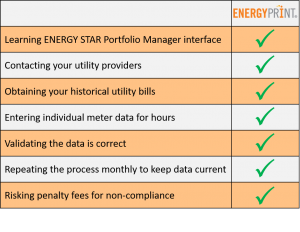
Using data collected from benchmarking and transparency (B&T) policies, building owners, managers, and operators can identify opportunities to cost-effectively reduce wasted energy and water.
However, the effort and time needed to meet these reporting requirements can be overwhelming when you’re drowning in utility bills and manually entering meter data, especially as a compliance deadline is fast approaching.
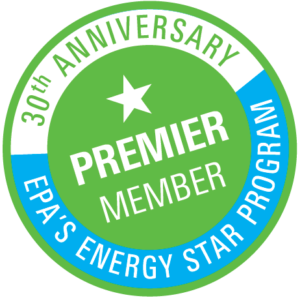
We can save you from the impending headaches, whether you’re starting from scratch or streamlining compliance for the future.
ENERGY STAR’s Portfolio Manager is the most common tool used for tracking and submitting energy benchmarking data. As a 6-time ENERGY STAR Partner of the Year and Premier Member of the EPA’s Certification Nation, EnergyPrint can seamlessly upload your utility data into the Portfolio Manager, preventing you from having to learn a new system from scratch.
How does EnergyPrint work?
EnergyPrint is a full-service data collection and compliance reporting partner. We not only input and deliver data, but also manage the entire collection and validation process to ensure you have quality data when and where you need to use it.
EnergyPrint can get your facility started with 3 easy steps:
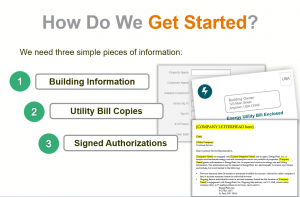
- Enter Your Building Information
- Upload Utility Bill Copies and/or Provide Utility Account Access
- Sign Authorizations
Need more information?
Learn how EnergyPrint’s partnership with Community Specialists met reporting requirements in Chicago, IL.
Have a question or want to talk to an EnergyPrint expert? Contact our Energy Solutions Team or go ahead and set a meeting.
“We’ve used a variety of providers to do our benchmarking and Chicago energy ordinance submission, and EnergyPrint has been the best at having submissions completed on time without any issues.”
- Larry Puder, Technical Operations Manager
Community Specialists
"EnergyPrint makes our energy benchmarking easy. We tried to do it internally and faced challenges like working with our utility providers or manually entering utility data into ENERGY STAR. Now that EnergyPrint handles our compliance, it simplified our process and we don’t have any of the errors or issues we used to spend hours trying to resolve."
- Steve Pack
Dilweg Companies

